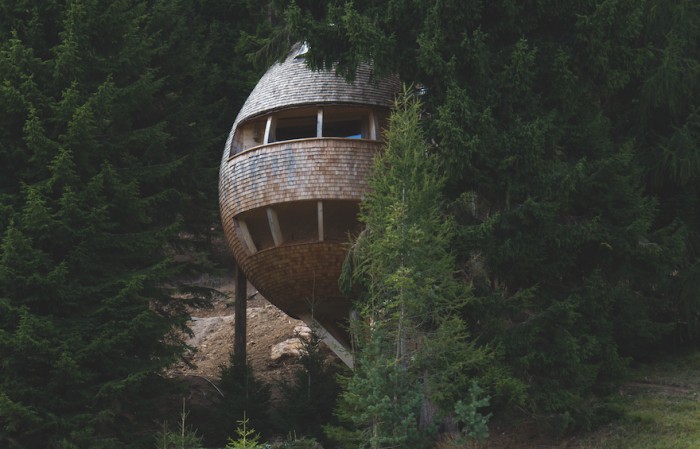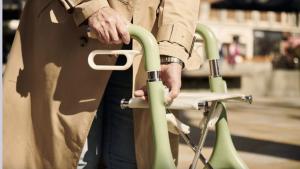The appeal of escaping the “rat race” by returning to nature and pursuing a simpler life has gained much momentum in recent months. A pandemic-prompted desire for calm, peace and safety has accelerated the exodus of people from cities in search of something more.
This in turn has sparked a new generation of cabin-inspired architecture. Designed to tick various boxes - affordability, sustainability, integration with nature and general charm - they’re increasingly becoming a realistic alternative to permanent housing.
Phaidon’s Living in Nature: Contemporary Houses in the Natural World showcases the spectrum of ways in which “cabins” are interpreted. From Brutalist-inspired and low-slung in the desert, to hidden in the woods, or suspended from trees, these cabin-like spaces open the mind to what is possible, and inspiring to live in. The book, which explores 50 dwellings, each with a connection to one of the four elements, allows us to broaden the scope of how we build in harmony with nature.
South African company Moriko has recently launched a series of cabin-style structures, designed for transportability and versatility. Moriko founder Jenna Smily was inspired by her struggles to find a stylish off-the-grid country escape, and realised there was a niche that was being neglected. “I love nature getaways but found that accommodation was either very rustic, or too expensive. I wanted to create something in the middle - more accessible but stylish and modern,” she says.
With the goal of offering an eco-friendly and affordable outdoor experience that will encourage people to explore nature more, Moriko’s cabins are designed for ease of use. The cabins are pre-manufactured in the factory and then delivered as a flat pack kit or as finished modules. Fast and simple to install, they allow for numerous applications. Even more excitingly, they generate almost no waste on site and have a low environmental impact.
The other avenue that Smily wants to tap into is tourism. She’d like to encourage landowners to maximise their properties by offering an escapist experience and accommodation in cabins.
Available in various sizes, most of them charmingly named after trees (Salix, Sapling, Seedling, Spruce), and with ranging uses and features (some have a kitchen and bathroom, some have a deck, some are standalone saunas), all cabins have a cross-laminated timber interior and optional exterior finishes including treated Pine, Eucalyptus, or a black charred finish.
The versatility and modularity of the design allows anyone to be a homeowner, and explore options beyond the city limits.
Visit moriko.co.za for more and order Living in Nature here.
Photos:
Claudio Beltrame Pigna, 2017, Malborghetto Valbruna, Italy, Massimo Crivellari
SPINN Arkitekter and Fomrat Engineers , Varden, 2019, Storfjellet Mountain, Norway, Tor Even Mathisen
Moriko Cabins











